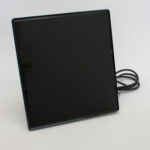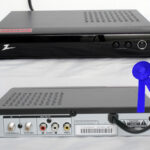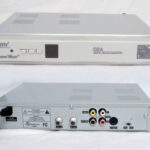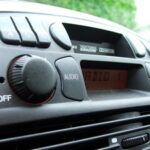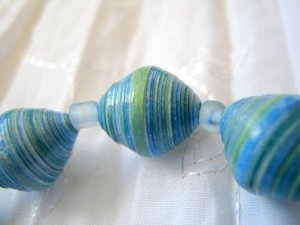If you’re receiving free over-the-air digital television, you may occasionally experience problems with signal strength. When digital television signals fade, they don’t develop noise as analog signals do. Instead, the signal may degrade into large pixels or may fail entirely, leaving you looking at a blank screen. This can be very frustrating if you don’t know how to increase the television signal strength with your antenna. Solving these problems with digital TV reception is simpler than you might think.
Increase Digital TV Signal Strength: Choosing an Antenna
The right antenna to receive digital signals depends on many factors. How close you are to the source of programming will affect the strength of the television signal. Also, the terrain and other buildings near you may block and reflect digital television signals. If you live in the city near the source of the television signal, an indoor antenna may pick up the signals perfectly well. If you live in a rural area or if you are far away from your local television stations, an getting outdoor antenna may help to boost the transmission. Whether you choose indoor or outdoor, you will need an amplified antenna in most cases to get the best reception. If you decide on an outdoor antenna to receive digital TV signals, check AntennaWeb.org for information on the right antenna for your area.
Increase Digital TV Signal Strength: Connect the Cables
If you’re using a DTV converter box with an analog television, line the antenna’s coaxial cable into the DTV converter’s coaxial input. If you have a digital television, line the antenna directly into the coaxial input of the TV. Other connection types include S-Video, HDMI and RCA. However, only a coaxial cable can carry a radio frequency (RF) from the antenna to the television equipment.
Increase Digital TV Signal Strength: Myths and Misconceptions
Many people believe that you need an “HDTV” antenna to pick up digital television signals. The truth is, you don’t need a special antenna to receive either digital or HD signals. While there are some antennas that are built to be more efficient in receiving digital and HD television transmissions, any old antenna will work. If you’ve been using an antenna to receive analog television signals, try using it to receive digital television. You can always replace the antenna if it isn’t powerful enough.
Increase Digital TV Signal Strength: Tips and Tricks
When working with an indoor antenna, there are a few things you can do to improve the signal reception. Telescope the antenna out as far as it will go. Place the antenna as high up in the air as possible. Use whatever furniture, brackets or other supports you have available. Also, create a loop in the coaxial cable that connects the antenna to the DTV converter box or digital television. Use the tools in the menus of your digital TV or DTV converter to monitor the signal strength. Adjust the antenna while watching the signal strength monitor on the TV to see what position gets the best reception.
Increase Digital TV Signal Strength: Troubleshooting a VCR
Keep in mind that if you will be using a VCR with digital television, you will have to set it up differently than you did with analog TV. This is because most VCRs only have an analog receiver. So if you’re not getting reception on the VCR’s channels, it isn’t because of weak reception. Instead, it’s because your VCR can’t receive digital signals. Although an analog VCR can get analog signals from a DTV converter box, it can only receive them on one channel. Check the back of the VCR to see which channel you’ve chosen to view programming (usually, it’s channel 3 or 4.) Set the VCR to this channel and use the DTV converter to change channels. If this seems too inconvenient, get a VCR with a digital receiver.
Using these tips will help you to get clearer, stronger reception from free over-the-air digital television stations. Always try the easiest and least expensive solutions first, and you’ll save money and effort in your digital TV setup.

